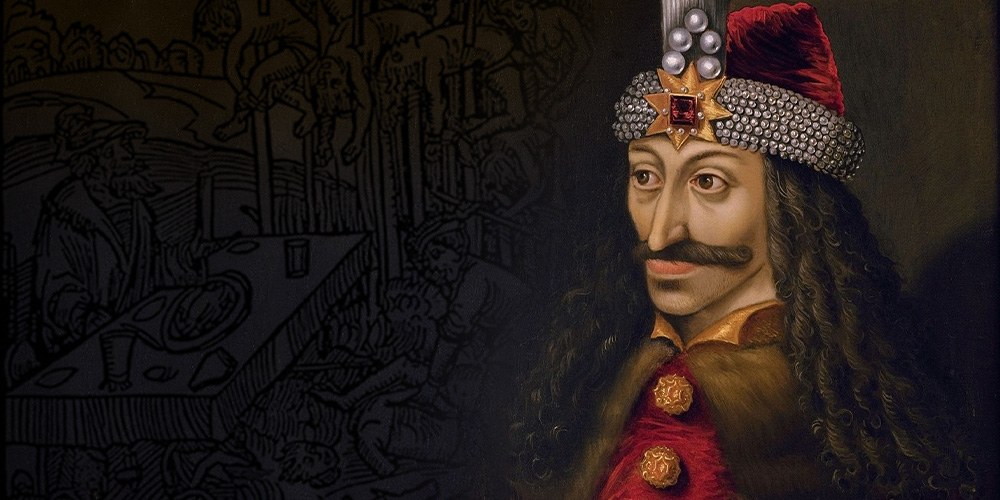Throughout history, human beings have tried to explain the unknown using the tools available to them. Before modern science, these tools were often myth, religion, and oral tradition. Even after scientific methods emerged, myths did not disappear. Instead, they adapted, merged with new ideas, and sometimes resisted scientific explanation altogether.
Many historical myths were not created out of ignorance, but out of necessity. When societies faced natural disasters, unexplained illnesses, or astronomical events, myth provided structure and meaning. Lightning became divine anger, eclipses became omens, and disease became punishment. These explanations helped people cope emotionally, even if they were factually incorrect.
Science later challenged these interpretations, but the transition was rarely smooth. New discoveries often conflicted with deeply rooted beliefs, creating tension between tradition and evidence. The resistance to early scientific ideas—such as heliocentrism or germ theory—was not simply stubbornness. It was a fear of losing a worldview that had provided stability for generations.
Interestingly, modern myths still emerge in scientifically advanced societies. Misunderstandings about technology, space, medicine, or climate often take myth-like forms. These modern myths spread not because people reject science entirely, but because complex information is difficult to process and easy narratives are comforting.
History shows that myth and science are not strict opposites. Myths often preserve early observations, while science refines and corrects them. Understanding this relationship allows us to read historical sources more carefully and approach modern claims with both curiosity and skepticism.
In the end, progress does not come from abandoning myth entirely, but from recognizing its role in shaping human thought—and knowing when evidence must take its place.
